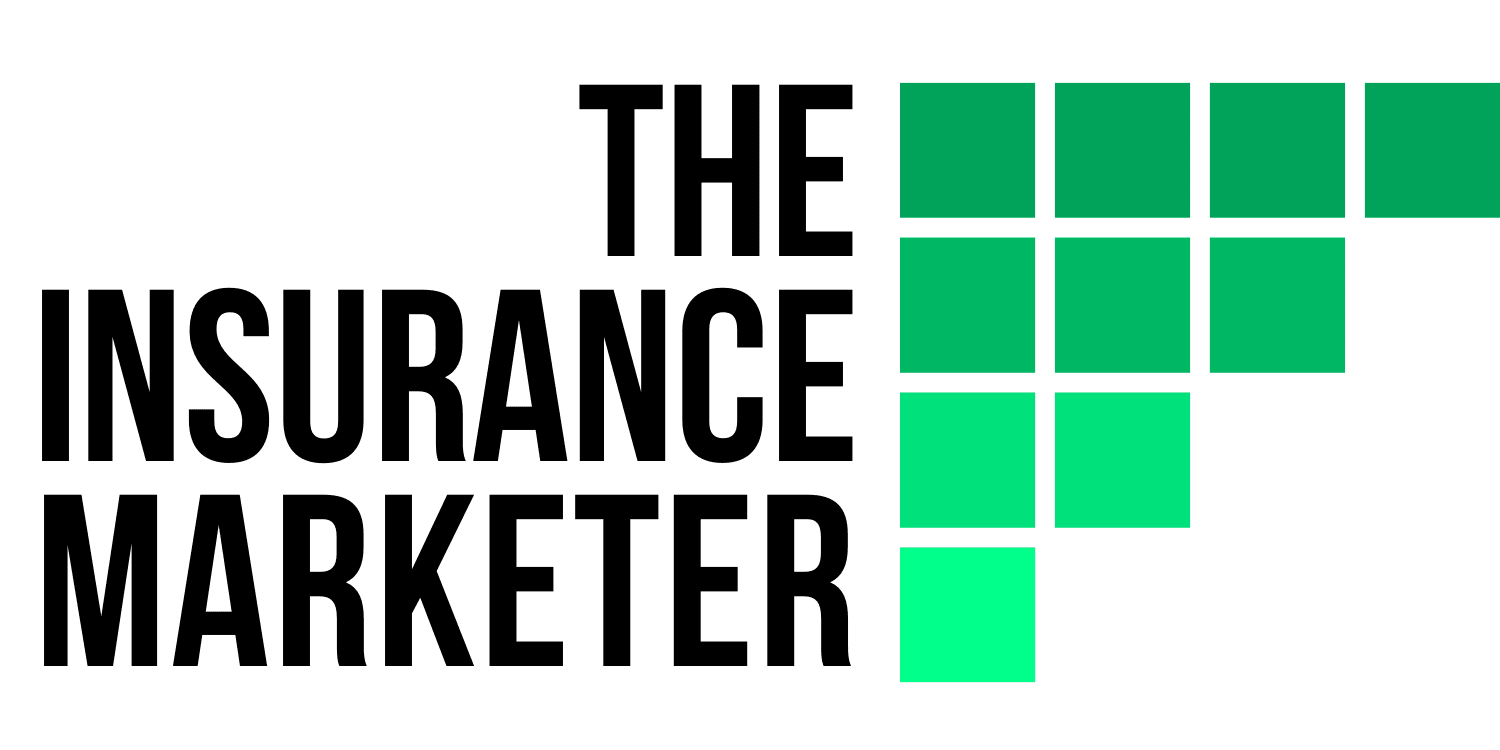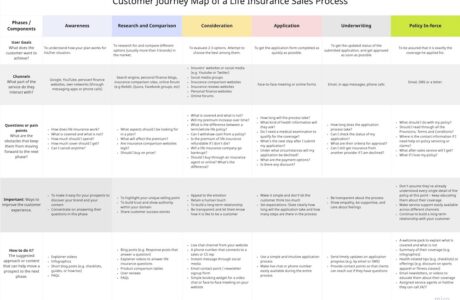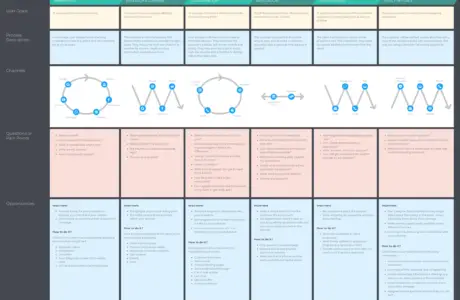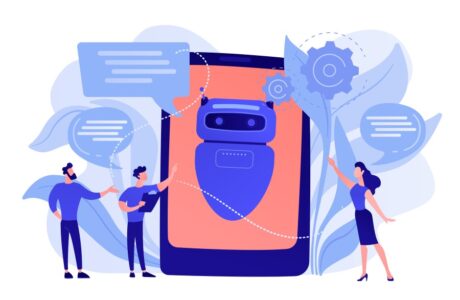It is genetically proved that emotion works faster than reasoning. And we are pretty sure that insurance companies know this well because most, if not all, of their ads try to appeal to your emotions.
They sell care, warmth, love, security…
Whatever the marketing message may be, whether it uses positive emotions like happiness or negative emotions like fear, it moves people to act out of their “gut feeling” – people are more likely to make decisions based on emotions rather than facts.
In this article, we will first talk about the effectiveness of emotional marketing. Then we will look at the six basic emotions and focus on the negative ones. At the end, you will walk out with a strategy to create negative emotion content that is relevant to the insurance industry. Here we go!
What Is Emotional Marketing?
Emotional marketing refers to marketing and advertising efforts that primarily use emotion to make your audience notice, remember, share, and buy. Emotional marketing typically taps into a singular emotion, like happiness, sadness, anger, or fear, to elicit a consumer response. (Source)
How Effective Is Emotional Marketing?
Emotional marketing is more likely to go viral
One of the most quoted research papers about virality is based on a study by Jonah Berger and Katherine Milkman from the Wharton School of Business. The research paper, entitled “What Makes Online Content Viral?” analysed almost 7000 New York Times articles.
It was concluded that content that evoke emotional responses like delight, astonishment, excitement, suprise and anger, are far more likely to go viral, than content that elicit slighter or no emotional responses.
Emotional marketing is more profitable
Another study done by the Institute of Practitioners in Advertising also found that ads with purely emotional content generated twice as much profit as ads based on rational content (31 percent vs. 16 percent).
Six Basic Emotions
Of course, we have all experienced mixed emotions. And let’s strip it down to the very basic emotions. Paul Ekman, the world’s foremost emotion psychologist, identified the six basic emotions as: (Source)
- Anger
- Disgust
- Fear
- Happiness
- Sadness
- Surprise
Among the six basic emotions, while suprise can be both positive and negative with contextual consideration, four of them are negative.
Why Are Negative Emotions More Effective?
Biologically and evolutionarily, all negative emotions, like fear or disgust, can be thought of as “survival-mode” emotions: They signal to the body and brain that our survival and well-being may be at risk. And negative emotions are specifically designed to motivate behaviors and bodily responses that can most effectively deal with those risks and threats. (Source)
So what are the most common risks and threats in modern life?
They could be the events that have irreversible impact in people’s lives such as, premature death, accident, illness, financial loss, costly medical bills, to name a few.
As a matter of fact, some of these risks, if not all, could be financially hedged by insurance. For example, if you get sick, your health insurance will pay for your medical bills etc.
How to Create Marketing Strategy with Negative Emotions
1.Knowing your customer
Start with buyer persona
Buyer personas help you understand your customers (and prospective customers) better. This makes it easier for you to tailor your content, messaging, product development, and services to meet the specific needs, behaviors, and concerns of the members of your target audience. (Source)
Hubspot
The good news is that marketers may not have to start from scratch. It is because most product teams from insurance companies build their products off of personas in the first place.
It’s very likely that there would be a handful of personas for each product to start with.
Dig deeper for negative emotions
Apart from the basic demographics like age, marital status and occupation, marketers have to dig deeper to understand what would trigger the negative emotions for each persona. Here are some of the questions, with a little “insurance” tweak, you may need to find answer for:
- What is your biggest fear in life?
- Who do you care the most?
- How do you protect them in case you are not around?
- Does it make you angry? What else makes you angry?
- What is the saddest thing that you have encountered in your lifetime?
- How do you protect yourself from being robbed or attacked?
Of course everyone has his/her fear/anger/disgust/sadness of their own. But once you’ve obtained enough answers, you will need to generalize the common negative emotion for each persona. And this will help you to craft the right content to address their concerns.
2. Creating Emotional Content With Common Negative Triggers
Now you have collected the negative emotions for your personas. The next step is to match these negative emotions with relevant content. Whether it is a facebook post, an email message, a survey, or a video, the content should resonate with the concern of the personas.
For instance, If a single mom said her greatest fear is that her child’s needs are not fully taken care of, an income protection plan or personal accident insurance may be good suggestions in case something unexpected happened.
Associating negative emotions with insurance needs
We learnt that five of the six basic emotions (anger, disgust, fear, sadness, surprise) are negative. Here we will list out some of the common triggers for these negative emotional and relate them with the possible product solution to let you build your story around:
| Five Basic Negative Emotions | Common triggers | Product solution |
| Anger | The result of being: Robbed, attacked, threatened, unfairly treated, deceived, frustrated | Personal accident insurance Health insurance Property insurance Homeowner insurance Renter insurance |
| Disgust | Wounds/Injuries, abnormal body shape, deformity, infection on the body surface (e.g blisters, boils, or pus), behaviour such as wheezing or coughing | Health insurance Critical illness insurance |
| Fear | Accident, being sick, financial loss, high medical cost, death | Life insurance Health insurance Critical illness insurance |
| Surprise | Unexpected (unpleasant) events such as: diagnosis of cancer, premature death, accidental death | Life insurance Health insurance Critical illness insurance |
| Sadness | Experience of loss, despair, grief, helplessness, disappointment and sorrow after catastrophic events like: Natural disasters (e.g. flood, storm), robbery, dccident, disease, death | Life insurance Personal accident insurance Health insurance Property insurance Homeowner insurance Renter insurance |
3. Resolve with a (product) solution
Let’s make it clear that your job is not to upset your audience with negative feelings evoked by your message. Yet the ultimate goal is to motivate them to take action to minimize the impact of the situations that will trigger these negative emotions.
Once you have created a suspension with content that triggers negative emotion(s), you have to resolve it by providing a solution – which is the insurance product you want to sell.
Say if you created a facebook post to tell the fact that thousands of Americans died from Covid-19 and the death toll was expected to rise. It may create a sense of fear for the death itself as well as the financial risks associated with it.
With this suspension, one of the obvious resolutions could be a life insurance policy. The call-to-action could be a link to send the audience to a product page where you would explain how the product works for them and their loved ones. Or educate them about the terms and conditions before they buy a life policy.
After all, you need to teach a valuable lesson to your customers. So being able to use your content to motivate them to take the action to prevent negative emotion will associate your brand as a solution provider.
Conclusion
Insurance is designed to help people in some of the most difficult and unexpected situations in their lives. That explains why some people avoid talking about insurance because chances are negative emotion will be evoked.
Negative emotions work as a tease to catch your prospect’s attention on the top of your sales funnel. However, to drive the purchase, your prospects must be convinced that your product offering will prevent them from or at least minimize the impact of negative emotions in case it happens.




